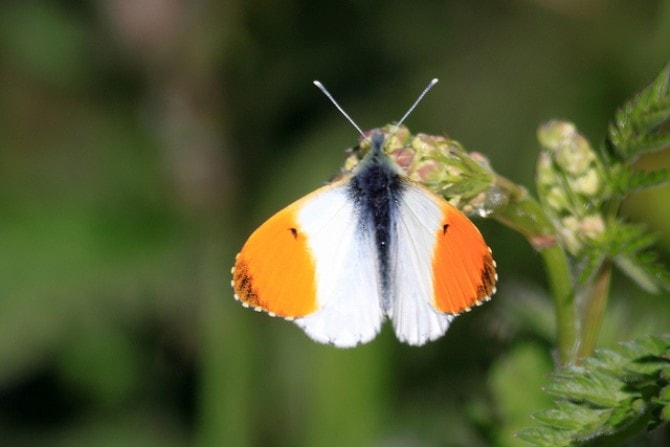
Macro photography is the art of taking photos of small objects and giving them a larger than life size appearance.
There are a number of tools and techniques needed to make it happen, but once you get the hang of it, this style of photography can be extremely rewarding.
Due to their tiny size and abundance of colour and intricate detail, insects are a wonderful subject for macro photography.
However, other subjects in nature like flowers, water, wood and reptiles can be wonderful as well as manmade subjects like technology, metals and sweets.
The choice is all yours. Let’s get started.
1. Get close to the subject
To photograph your subjects so they appear life size, you will need a macro lens to attach to your D-SLR camera and a tripod to keep things steady.
The team at Nikon recommends using a cable release to trip the shutter when shooting with your camera on a tripod or use the camera’s self timer.
Then get as close as possible to the subject. Try to fill the entire frame with their body or the part of their body you want to focus in on.
Easy enough when photographing still objects, but a bit trickier when photographing insects as they fly away or, worse, bite. So take care how close you get.

Photo from Creativeoverflow.
2. INVEST IN THE RIGHT gear
You can do macro photography on the cheap, but if you want to take it to the next level there’s some great gear worth investing in.
According to Udi Tirosh, the obvious choice is a Canon or Nikon macro lens as lot of standard lenses can’t focus as close as you might like.
However, to enhance quality, he suggests some extra additions like extension tubes, filters, a reverse lens, a double lens and DVD lens.

Photo from Karla Thompson.
3. Choose the Best Lens
Macro lenses come in a range of focal lengths from 50mm to 200mm.
The team at Amateur Photographer advise that a 50-60mm lens is suitable for general macro work, but if you want greater subject-to-lens distance a 100mm lens will suit better. You just have to pay extra for it!
If you’re shooting flying insects like bees and butterflies, you need to keep your distance or else they’ll fly away so a greater lens-to-subject distance is vital.
From Andy Vernon on Flickr.
4. Use THE RIGHT FLASH
When shooting macro photography, consider using a ring flash or twin lite flash. These are external flashes you will need to purchase.
According to SLR Photography Guide, using a flash will allow you to shoot at a reasonable speed, yet enable you to keep the aperture on a high f/11 for sufficient depth of field. This is particularly helpful when trying to capture insects while flying.
It also allows you avoid using a tripod and instead hold the camera.

From Rolf Brecher, Flickr.
5. investing in a plamp
What’s a plamp you ask? It’s a flexible plant clamp, ideal for shooting flower macros.
According to photographers John and Barbara Gerlach a plamp is a lifesaving device for macro photographers who are battling windy conditions. They say ‘To shoot a sharp image of the blossoms, even in a slight breeze, attach a Plamp just above the blossoms to be shot and another Plamp just below.’
You can also use a plamp to hold small diffusers and reflectors, to hold objects behind or in front of the subject and tilt the subject for a better background.

From MasteringPhoto.com
6. MaSTER DEPTH OF FIELD
When it comes to macro distances, there is no depth of field. When shooting this close, shoot everything at about f/32.
Ken Rockwell suggests you orient your subjects so they lie in the plane of focus. For example, he says to ‘photograph butterflies when their wings are lying flat.’ This means you’ll get the entire insect looking sharp.

From Erez Marom Photography.
7. use manual focus IN NATURAL LIGHT
Lighting likes to keep us on our toes, doesn’t it? Different light can make it tricky to get the focus right.
According to self-taught beginner photographer Dave Wilson, when using natural light, it pays to use ‘manual focus and turn the focus ring until the subject is sharp at some point in its motion’. He then relies on a burst of 3 or 4 exposures in continuous mode. The idea is that one will be in focus.

From Fredrik TegnÈr Photography.



Leave a Reply